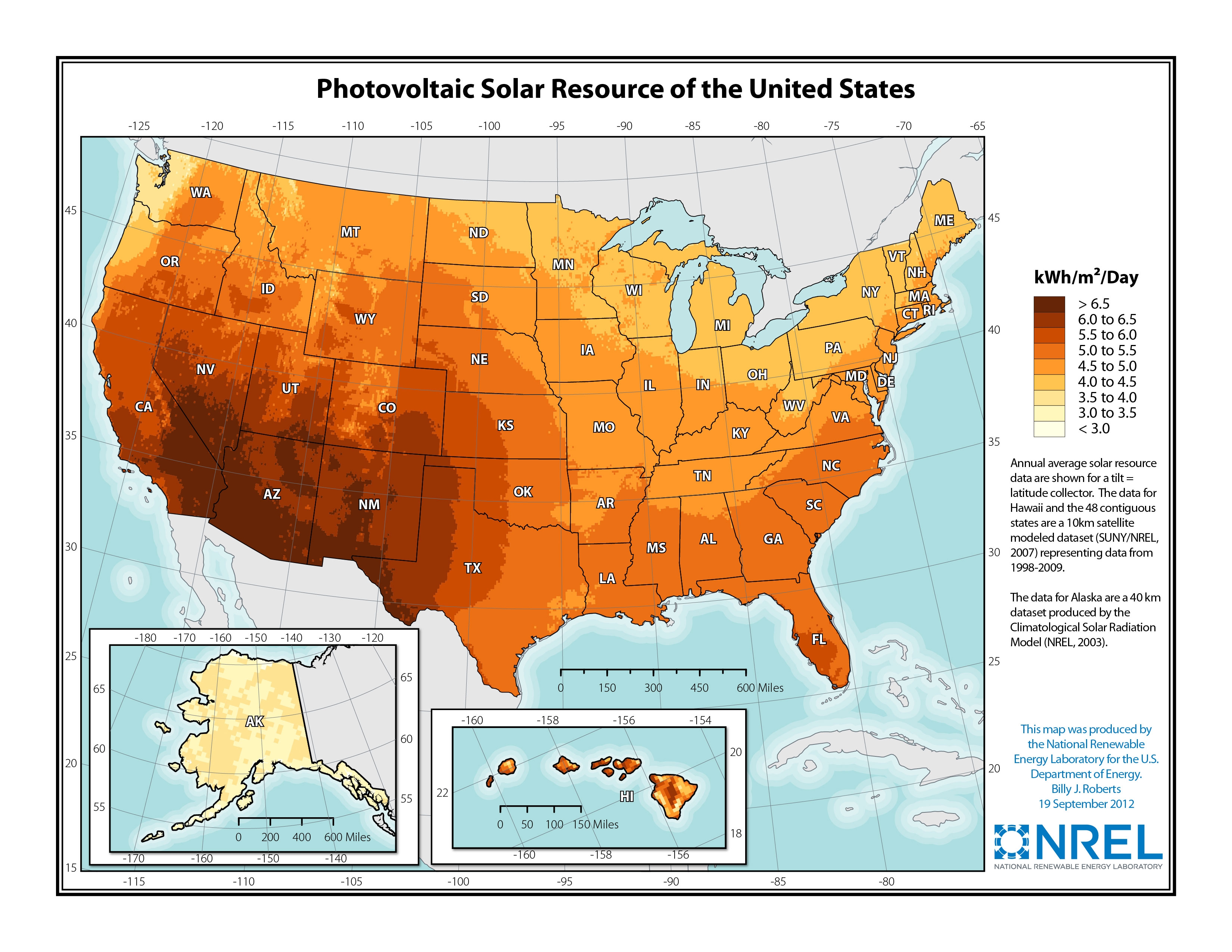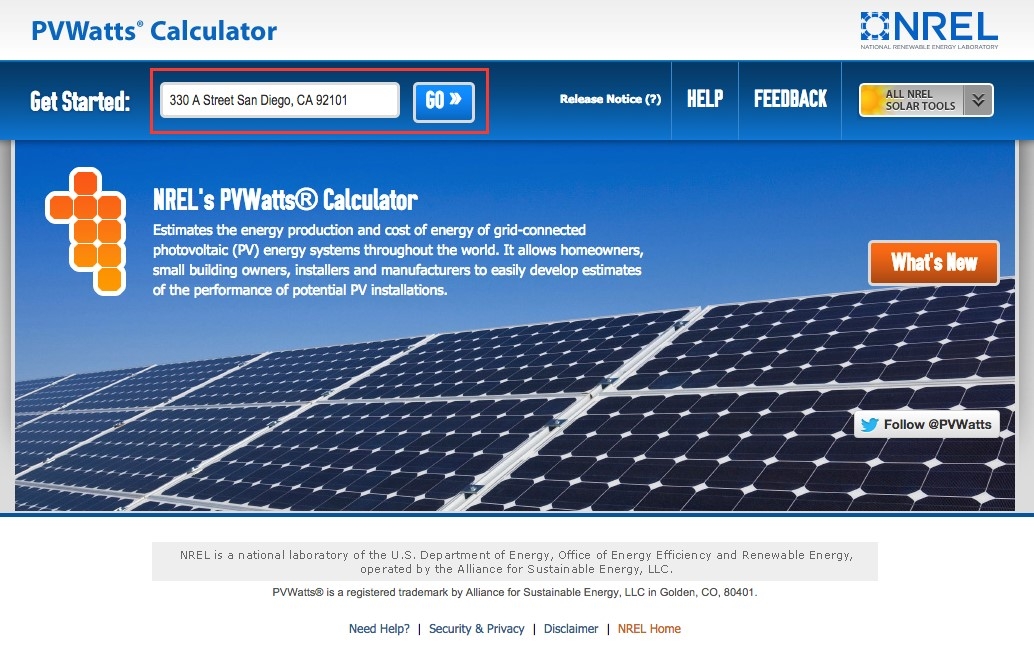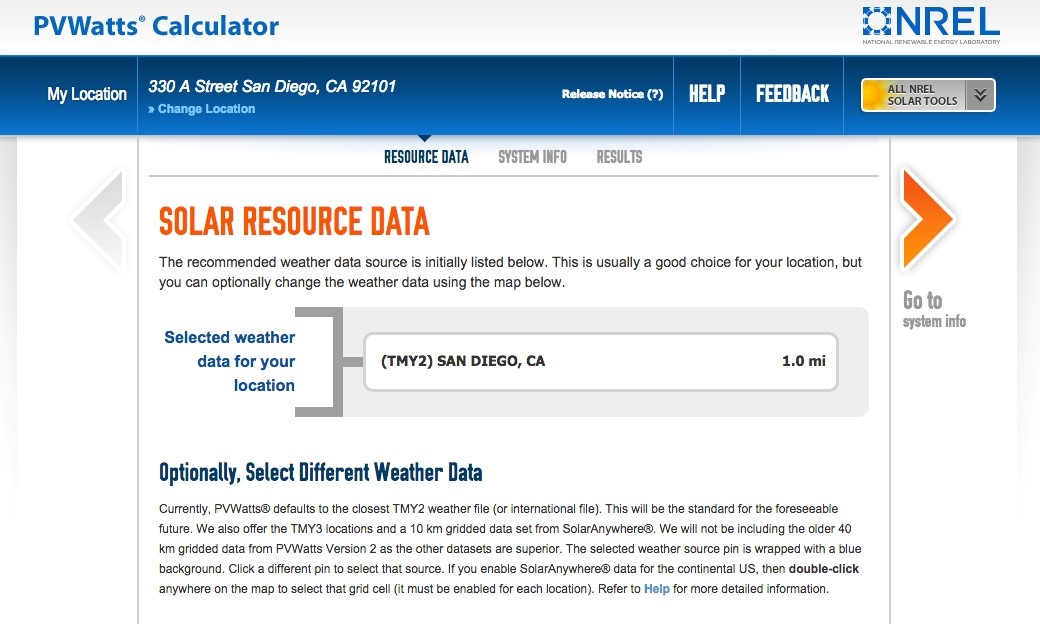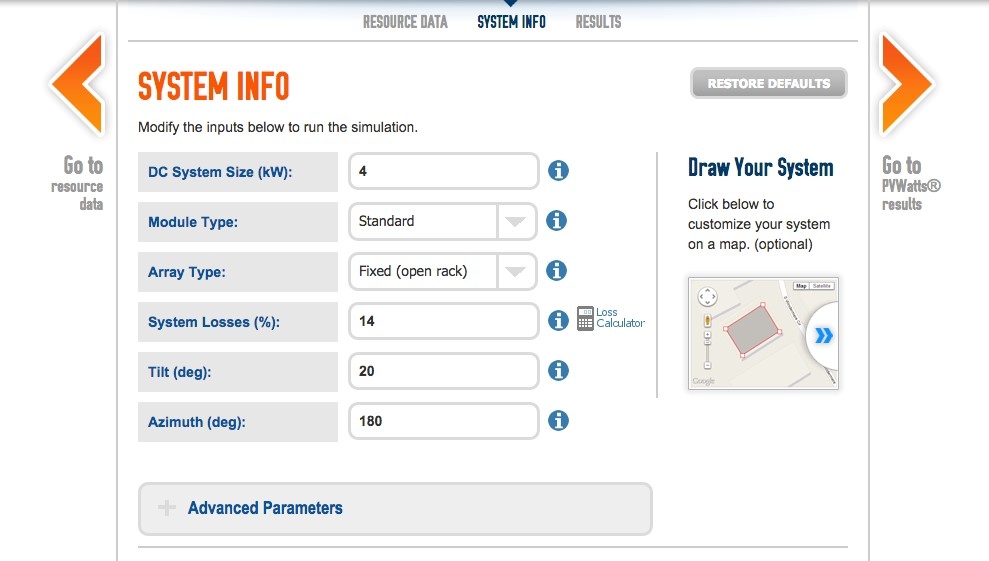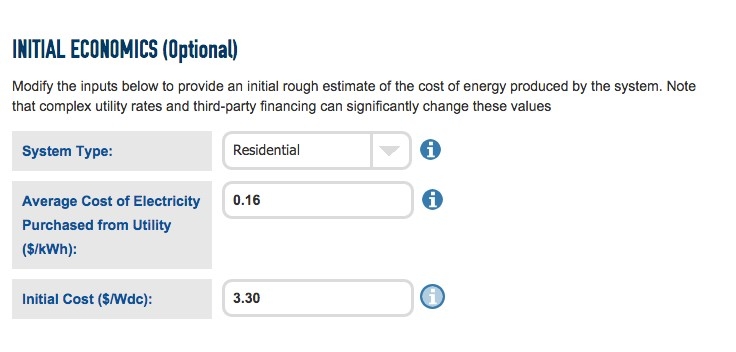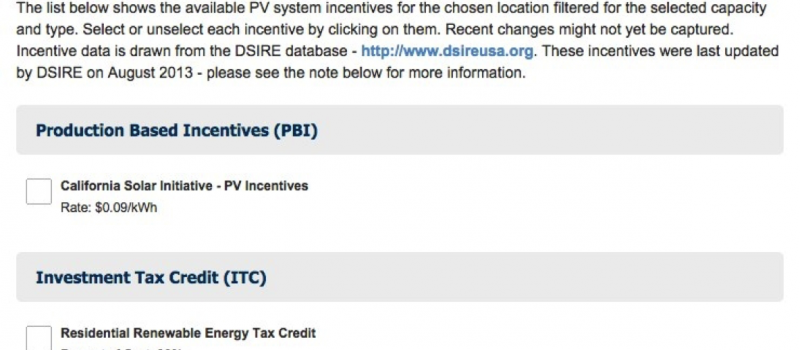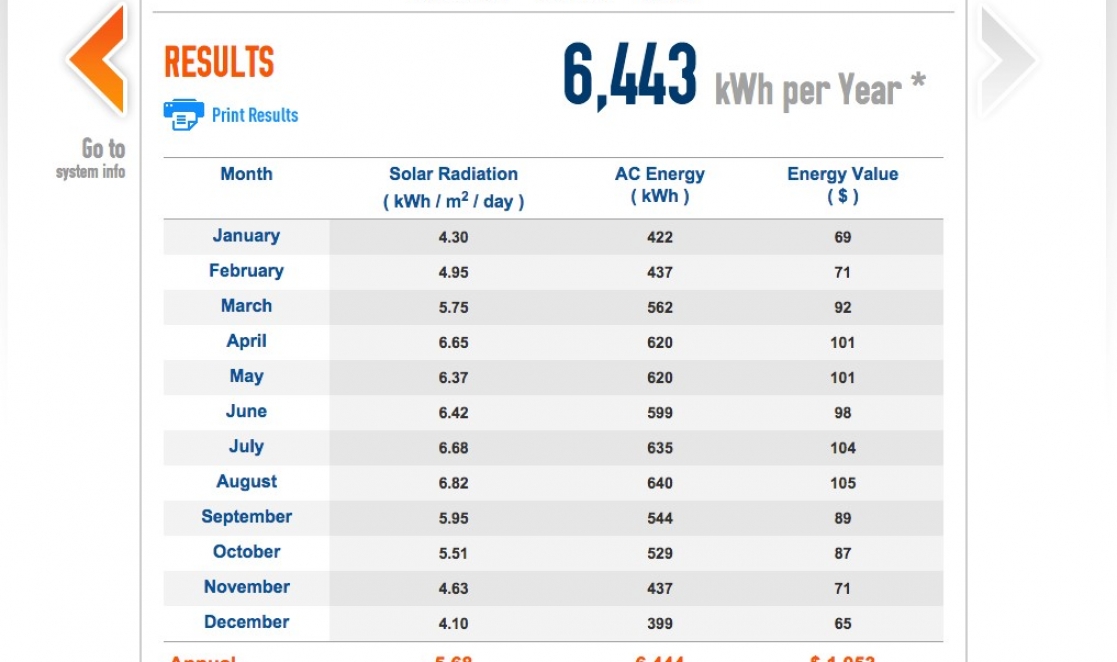Solar Panel Calculators – What You Should Know
Discover how much you can save today with our solar calculator
Solar Panel Calculators are Useful Tools to Determine if Going Solar Makes Financial Sense. They can determine how much sunlight an area receives yearly, evaluate the energy production potential of a solar power installation on your roof and give you an idea of your annual energy savings. The best solar power calculators will provide an estimate for the energy savings you could have with a system sized to your roof and energy needs, and shows you available incentives and rebates in your region. There are many solar power pros and cons, and solar panel calculators are a great way to help homeowners weigh the costs of a solar installation against their potential savings.
What information do solar power calculators require?
Solar panel calculators need the following information to provide accurate results:
- An address
- Providing an address is crucial in determining how much solar potential your region has. Every region differs in the amount of sunlight it receives.
- Potential solar panel system specifications
- The amount of energy produced by solar panels varies depending on the potential solar panel installation and factors such as roof size and orientation.
- Average cost of electricity purchased from local utilities
- The price of electricity plays an important part in determining if the savings offset the cost by going solar. Savings will vary depending on the region and utility rates.
A Solar Panel Calculator Should Tell You:
Discover how much you can save today with our solar calculator
Which solar energy calculator should you use?
There are three types of solar power calculators available to homeowners online, some of which are more reliable than others. These solar calculators may be owned and operated by:
- A private company
- Your utility
- Federal or State department
If you don’t know what to look for, it can seem like any of these sites will give you a reasonable estimate. However, some calculators just give out general numbers and don’t provide you with accurate information for your neighborhood. These sites are less likely to give you the best estimate.
It’s important to use a calculator that is trusted by solar power experts to help you get the most reliable estimate and determine the advantages of solar for your home.
A Private Company Solar Calculator
Homeowners should be wary when using solar panel calculators that request your contact information. The only personal information you need to provide is your address, so be cautious of sites which ask for your name, phone number or email. It’s unnecessary to provide this information in order to get an accurate estimate of your home’s power production and solar power savings potential. In general, this is more likely to occur with a calculator on a private company’s site.
A Utility Company Solar Calculator
Some utilities have solar power calculators, however depending on the utility, their information and data may not give you the most accurate, up to date estimate for your home. Also, most utilities require that you are a current customer in order to use these calculators.
A Federal or State Agency Solar Calculator
National and state government solar power calculators are reliable resources for homeowners and can be trusted to give you the most accurate estimates for power production potential and expected savings for your home. If you’re just looking to see what energy potential your home has, how much you could save in energy costs and how many solar panels to power a house, we recommend using the PVWatts calculator. which was created by the National Renewable Energy Laboratory (NREL) – part of the Department of Energy.
PVWatts Solar Calculator Tutorial
Follow this tutorial as we walk-through NREL’s PVWatts calculator which will show you an accurate estimate of the amount of energy you can produce with solar on your home and the savings you can expect from a home solar system. After entering your address, the PVWatts solar PV calculator uses local weather tower data to assess the amount of sunlight received in the area. This dramatically increases the accuracy of the estimate, which helps you get a great idea of the savings and potential energy production with solar on your home. The PVWatts calculator is a great choice for homeowners due to its simplicity and reliability.
To see what kind of power production potential your home has, enter your address where it says “get started” and click go.
After clicking go, the solar power system calculator will determine the closest weather tower to you, which tracks the area’s weather data. This will determine the amount of sunlight your home receives yearly and will help determine the performance potential of a solar panel system throughout the year. Next, click the orange arrow on the right that says “go to system info”.
The top section of this page guides you through the sizing of your potential solar system. The numbers below are the default settings on a standard PV system of 4 kW. If you decide to use these default numbers, you will still be able to get a reasonable estimate for solar power. They also provide you with the option to draw your potential system size on your roof for a more specific estimate.
Next, scroll down the page to the “initial economics” section. If you know how much you pay on average for your electricity per kilowatt hour, you can fill that information in. If not, you can keep the default average cost. The initial cost does not need to be changed for your estimate – this is a standard number used.
Below that on the system information page, is a section with available incentives and rebates for your area. The programs listed may not include incentives available from your utility company. You can select as many incentives as you would like. If you’re unsure, you can check all of the incentives and rebates – this will give you the lowest estimate for the cost of solar on your home.
Please note that while the PVWatts calculator says the incentives haven’t been updated by the Database of State Incentives for Renewable Energy since 2013, the DSIRE site has in fact been recently updated. After you’ve selected all of the available rebates, click the orange arrow on the right that says “go to PVWatts results”.
This final page of the calculator shows you the results of the calculations for your property. The bold number across the top shows an estimate of how much energy you could be producing each year with a solar panel installation on your house. Then, the chart breaks the findings down into three main columns – the solar radiation of your home, the AC energy and the energy value.
The solar radiation is determined from the weather tower data. Essentially this shows you how much energy the sun is shining on your home on average over the year.
The AC energy is the amount of electricity in kilowatt hours your potential solar energy system could be generating month to month. In the example below, the potential solar system could be generating around 6,443 kWh of energy per year. This number will vary depending on the size of the solar panel system and location.
The last column is the energy value – the amount you could be saving each year by switching to solar. They calculate this number by multiplying the number from the AC energy column by the average cost of electricity.
Finding a Local Solar Power Installer
Have you ever wondered, “Is my home good for solar?” If so, you now have everything you need to answer your question. If you decide that solar is right for you, the next step is to find a local provider so that you can get started on your free energy future today!

